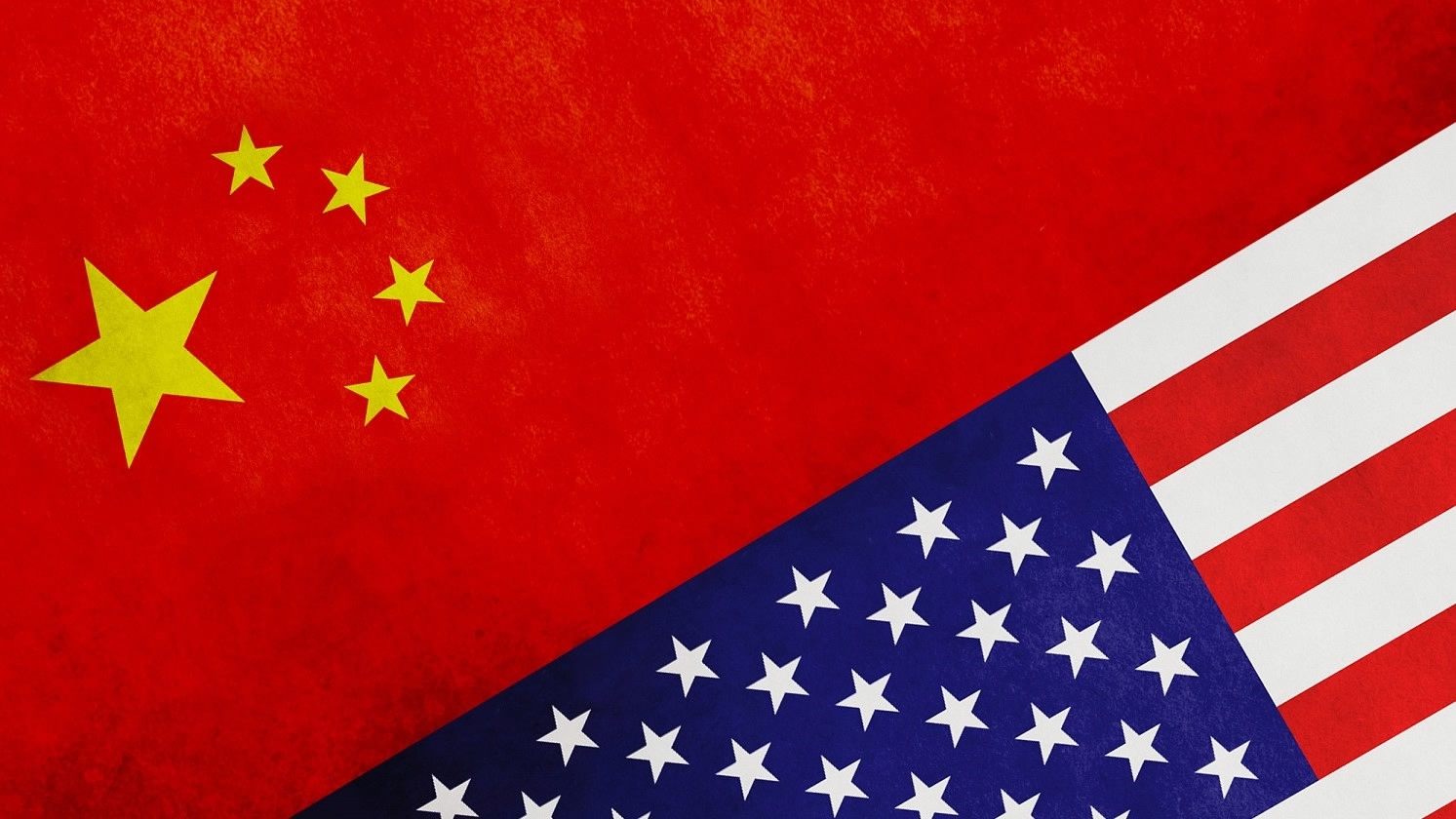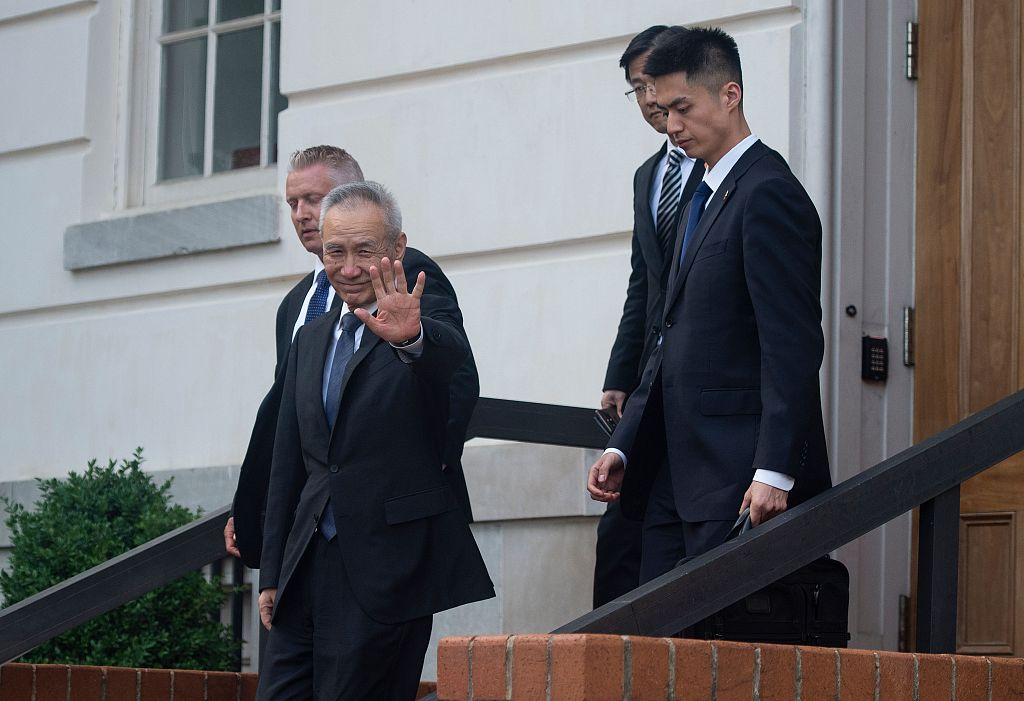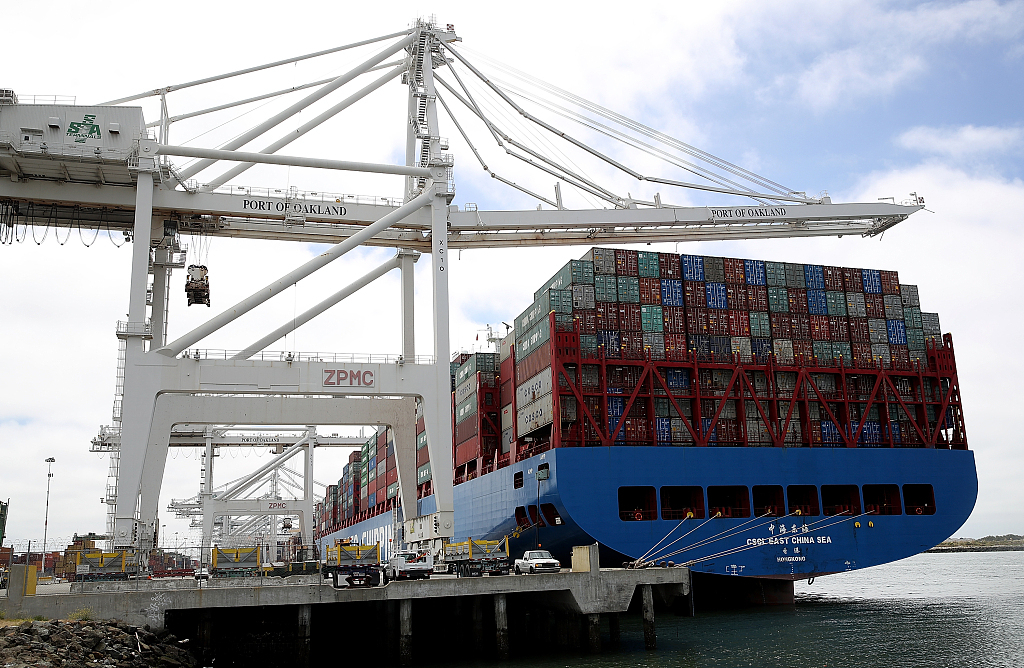

Editor's note: Jia Wenshan is a professor at the School of Communication of Chapman University and a research fellow at the National Academy for Development & Strategy of Renmin University of China. The article reflects the author's opinion, and not necessarily the views of CGTN.
It's been confirmed by the Chinese Ministry of Commerce that the China-U.S. trade talks will resume based on equality and mutual respect with the core concerns of both sides expected to be resolved. The negotiation between the two is a rich illustration of the cultural and intercultural paradigm. Both countries are classical examples of the Western and Eastern cultures.
As early as the 1980s, Lucian Pye, a famed sinologist and political scientist at MIT, published the first version of his book Chinese commercial negotiating style that examined the traits of negotiations, such as long-term orientation, macro-perspective, relational and face orientation, lack of legal consciousness and more.
Many of these traits were confirmed by Richard Solomon, who had served as an aide in the early China-U.S. negotiations of the Nixon Era, in his book. Almost simultaneously, Harvard Business Review published an article titled "Negotiators abroad - Don't shoot from the hip: When it comes to bargaining overseas, the Old West style usually won't work" by John Graham and Roy Herberger in 1983.

Chinese-made hats are displayed for sale at a Manhattan department store in New York City, the U.S., May 7, 2019. /VCG Photo
All of them seem to articulate a similar idea — the John Wayne style of negotiation, possibly working in the U.S. context, will not fly internationally.
Despite the fact that a lot of research, training and consulting on China, Chinese culture, and Chinese negotiation took place in the U.S. during the past 40 years, very few studies have been done by Chinese experts on U.S. negotiation practices, let alone training and consulting on how China should negotiate with the United States.
Individualism is the dominant style of negotiation of the U.S., while the Chinese negotiating style is a relational and face oriented one which is not compatible with and thus not in sync with the U.S. government's style of negotiation.
This may explain partially why the 11 rounds of China-U.S. trade negotiations have not yet harvested mutually desirable results.
To Trump, to seek the balance of trade in the negotiations between U.S. and China is not the only goal; it is a mere minimum goal. The overall purpose of the Trump administration is to "Make America Great Again" by making China toothless and defenseless.
In a collaborative spirit, China has been on the defensive, trying to avoid escalating the conflict between the two countries, and consistently focusing on a win-win solution to trade imbalance. Out of a relational and face concern, the Chinese negotiation team might have been tolerating one demand after another from the U.S. list. But, eventually, China said no and kicked back. The U.S. style of negotiation and overall engagement with China finally hit a wall.
At the point of the China-U.S. impasse, a series of questions concerning the negotiations between China and the U.S. are worth considering:

Chinese Vice Premier Liu He waves as he leaves the Office of the United States Trade Representative after tariff negotiations in Washington, DC, U.S., May 9, 2019. /VCG Photo
1. Could an impasse have been avoided if the Trump team were more conscious of its own fiercely competitive and even aggressive strategy and style of negotiation and adapted to the Chinese style of collaborative negotiation?
2. Could an impasse have been avoided if the Chinese team were more conscious of its own style of negotiation and became a bit more competitive and assertive early enough in adapting to the style of Trump team?
3. Could a trade deal have already been struck if the U.S. was more genuine and sincere in solving the problem of trade imbalance without efforts to infringe upon the China's core interests, such as sovereignty and national unity?
4. Could a trade deal have already been struck had China more forcefully demanded the U.S. to halt its Chinese sovereignty infringement attempts?
In all of the four hypothetical scenarios, the China-U.S. negotiations would have been more compatible and in sync in style and strategy.
In order to reach a solid consensus in the China-U.S. renegotiation this week, both parties should be informed and educated about each other’s negotiation style and strategy and make a conscious effort to understand each other culturally and strategically.
The two sides are also advised to find creative solutions to get more than what each party originally demands or to a lesser degree make a concession to put the China-U.S. relation and the world economy back on track.
For the renegotiation to be smooth and successful, the following principles must be followed:
1. The U.S. must give up its own obsession with the goal of maintaining the top position among nations in all spheres while conducting trade negotiations.
2. Fair trade can occur only on condition that both parties treat each other equally and respect each other's core interests.
3. Both parties must believe in all-win and execute all-win trade negotiations. An all-win result will not only benefit China and the U.S., but also the rest of the world.
4. Both parties are advised to conduct mutual adaptation in strategy and style of negotiation.
5. Both parties are advised to synergize, institutionalizing MAG (mutually assured gains). A successful China-U.S. trade negotiation would hopefully set up a good example of MAG.

The Hong Kong-based CSCL East China Sea container ship sits in a berth at the Port of Oakland in Oakland, California, U.S., June 20, 2018. /VCG Photo
MAG is possible only if the best of human intelligence is pooled together. It is expected that the best intelligence can be used by both Chinese and U.S. negotiators to achieve a MAG in trade.
If this occurs, humanity will start to move towards freedom from fear and to experience joy.
(If you want to contribute and have specific expertise, please contact us at opinions@cgtn.com)

Copyright © 2018 CGTN. Beijing ICP prepared NO.16065310-3
Copyright © 2018 CGTN. Beijing ICP prepared NO.16065310-3